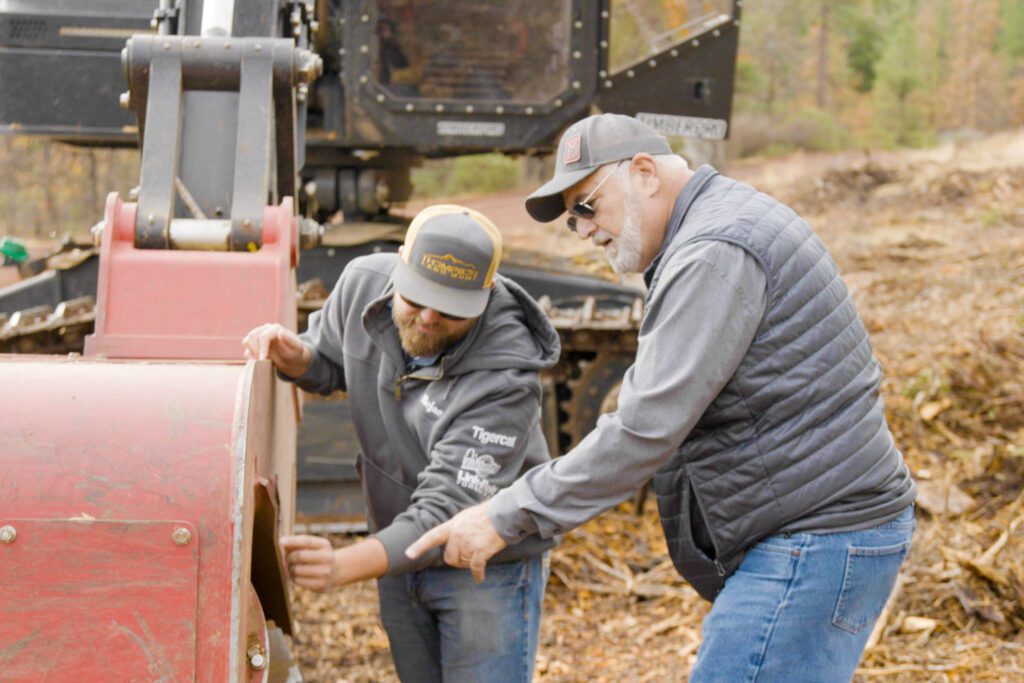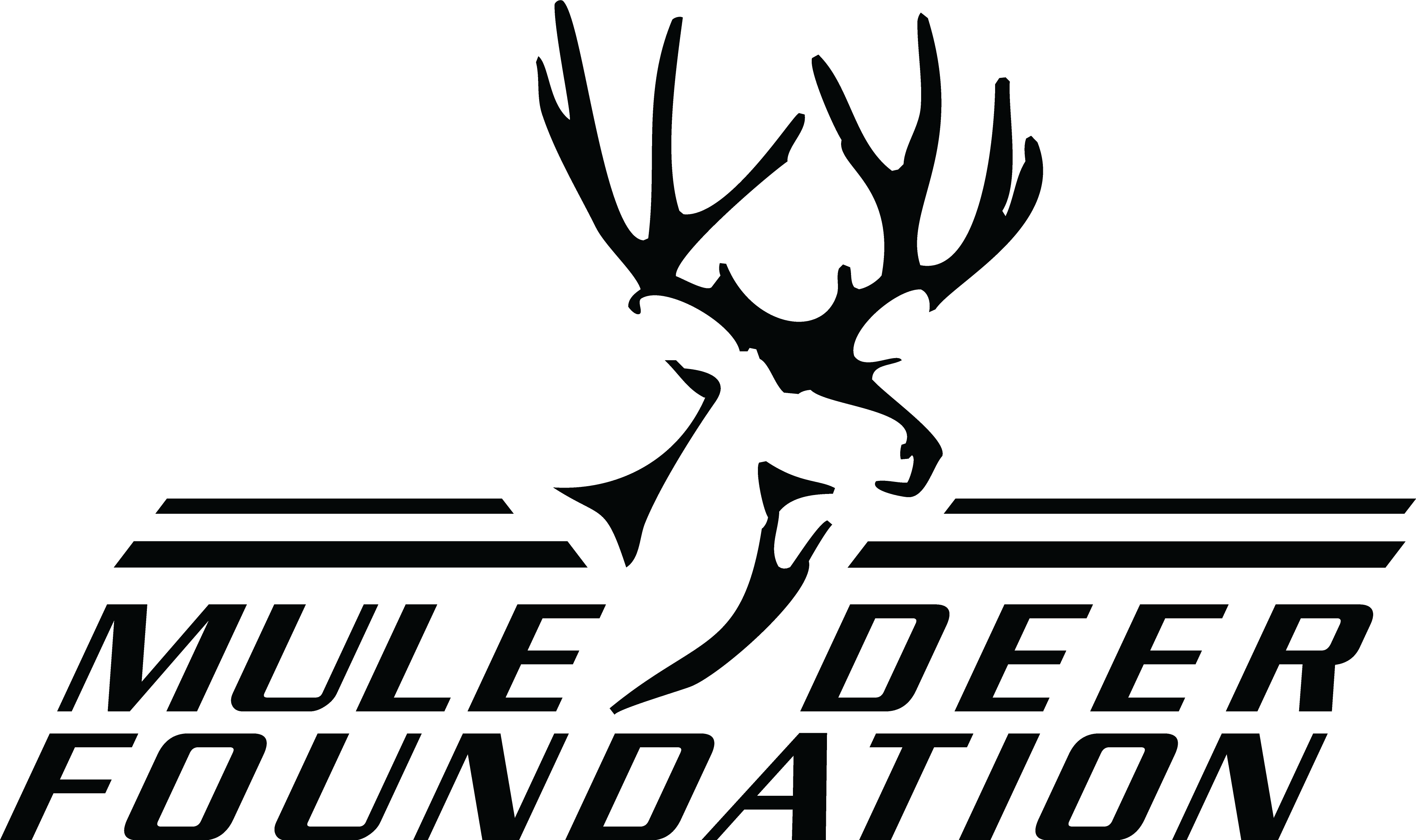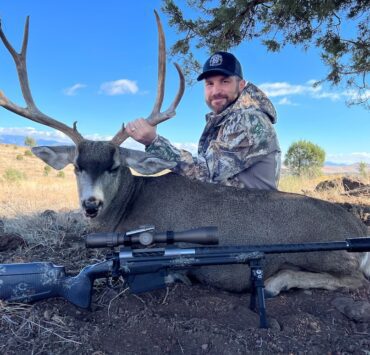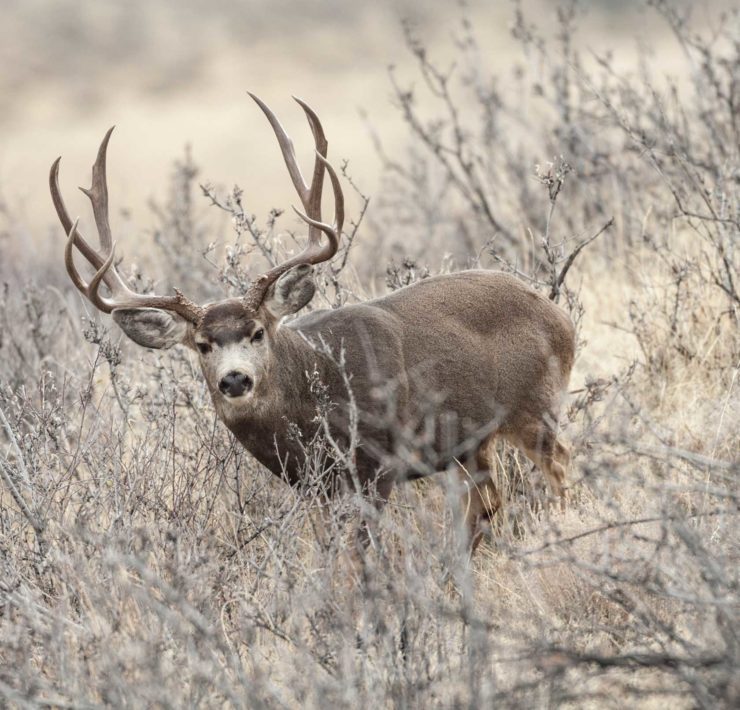Faces of Forestry: Randy Morrison

A Passionate Conservationist
By: Nicole Reed-Fickel
Californians are often known for their conservation ethic, and Randy Morrison proudly embodies that tradition. Over the years, he has devoted himself to improving wildlife habitat across his home state, first as a grassroots fundraiser, then as a regional director, and now as the director of conservation operations for the Mule Deer Foundation (MDF).
“I was born and raised a Californian,” Morrison declares. “California is very near and dear to me, and I want to try and keep it so that outdoors folks can enjoy it for many years to come.”
Yet Morrison’s path into conservation isn’t the typical California conservationist story. His journey began as a hunter. Born in Sonoma County, about 60 miles north of San Francisco, he has spent more than half a century hunting the hills, valleys, and mountains of his home state.
“[California] is really an incredible state from a wildlife standpoint. We have two species of deer, three species of elk, antelope, bighorn sheep, desert bighorn sheep, and three different species of quail,” Morrison says. “There’s an abundance of wildlife here. It really is a unique and incredible state that is often overlooked by many hunters and wildlife enthusiasts.”
Giving Back to the Landscape
Decades spent outdoors gave Morrison an intimate understanding of California’s wildlife and the challenges they face. “Across the state, there are a lot of areas where deer are on the decline. It’s a slow decline, not a dramatic one, but there are a lot of areas where we used to have robust and healthy populations that just aren’t there anymore.”
His passion for hunting grew into a deep respect for the animals he pursued and a sense of responsibility for their habitat.
“I love deer, always have, and as I got older, I decided that I needed to give something back to the species that I love so much instead of just being a taker as I was in my youth,” Morrison remembers. “I decided to start volunteering for various [conservation] organizations. I was on the board of a statewide organization and then an opportunity to come to work for MDF as a regional director came up. I felt that I could have a great impact with MDF and maybe even leave some kind of legacy to help the deer herds in California.”
Morrison’s story is one of transformation, not from hunter to conservationist, but from hunter to hunter-conservationist. For him, hunting was the gateway to a broader view of stewardship.
“I personally think that hunting is one of the most noble things that we can do as human beings, as long as we do it in a moral fashion,” Morrison explains. “Folks need to realize hunting is not about killing. It’s about teaching your children to understand and appreciate wild things, to respect them; to understand your role in the world and the prey species you are looking to harvest; putting food on the table; enjoying nature; breathing good air; enjoying clean water. You become, not only adjacent to your food, but you also become involved with your food.”
Today, as MDF’s director of conservation operations, Morrison leads large-scale active forest management projects with the U.S. Department of Agriculture, Forest Service that balance multiple goals: healthier wildlife, stronger forests, safer communities, and more resilient landscapes.

Personal Motivation to Reduce Wildfire Risk
These USDA Forest Service projects benefit more than just deer numbers. They address one of California’s greatest challenges in recent years: catastrophic wildfire.
Morrison’s family has a very personal relationship with wildfire. He and his family watched as the 2022 McKinney Fire grew from zero to 30,000 acres in 18 hours. Within that initial timeframe, a cabin and property the Morrisons owned, burned to the ground. He knows forest conditions are far from those that define healthy forests, and he has seen how large the problem has become in his state.
“Our generation, we’re used to forests that are way overgrown. We have photographic evidence from the late 1800s, early 1900s where our trees per acre were substantially less than they are now,” Morrison explains. “As recently as 20 years ago, a 30,000-acre fire in California was a big deal. Now, a fire isn’t even talked about unless it’s 50,000 acres, unless it’s in the hundreds and thousands of acres, it’s not really newsworthy. And that’s a frightening thing,”

Through USDA Forest Service partnership projects like the Crossroads Project, MDF is working to restore forests to healthier conditions. Thinning and removing extra vegetation in forests reduces fire risk, improve wildlife habitat, safeguard water quality, strengthen rural economies, and ultimately create healthier forests for future generations.
“There is public and resource benefit to having fewer fires, but there’s also an incredible wildlife benefit. Mule Deer Foundation and many other organizations who are championing different critters have realized that we can be an integral part of making things happen on the ground,” Morrison says. “So, we partner with state and federal agencies, help put together these projects that can have both fire reduction and wildlife benefit. And then we look to the local communities to find contractors who can implement that work and help their local economies by hiring those folks as well.”
Hunters have long been leaders in conservation. From Theodore Roosevelt to the present day, many of the nation’s most influential conservationists began as hunters. Randy Morrison carries that legacy forward, showing how a life spent in the field can fuel a career dedicated to healthier landscapes, stronger wildlife populations, and thriving communities across California.
Watch the full Crossroads Project video series on our Mule Deer Foundation Media YouTube page.





